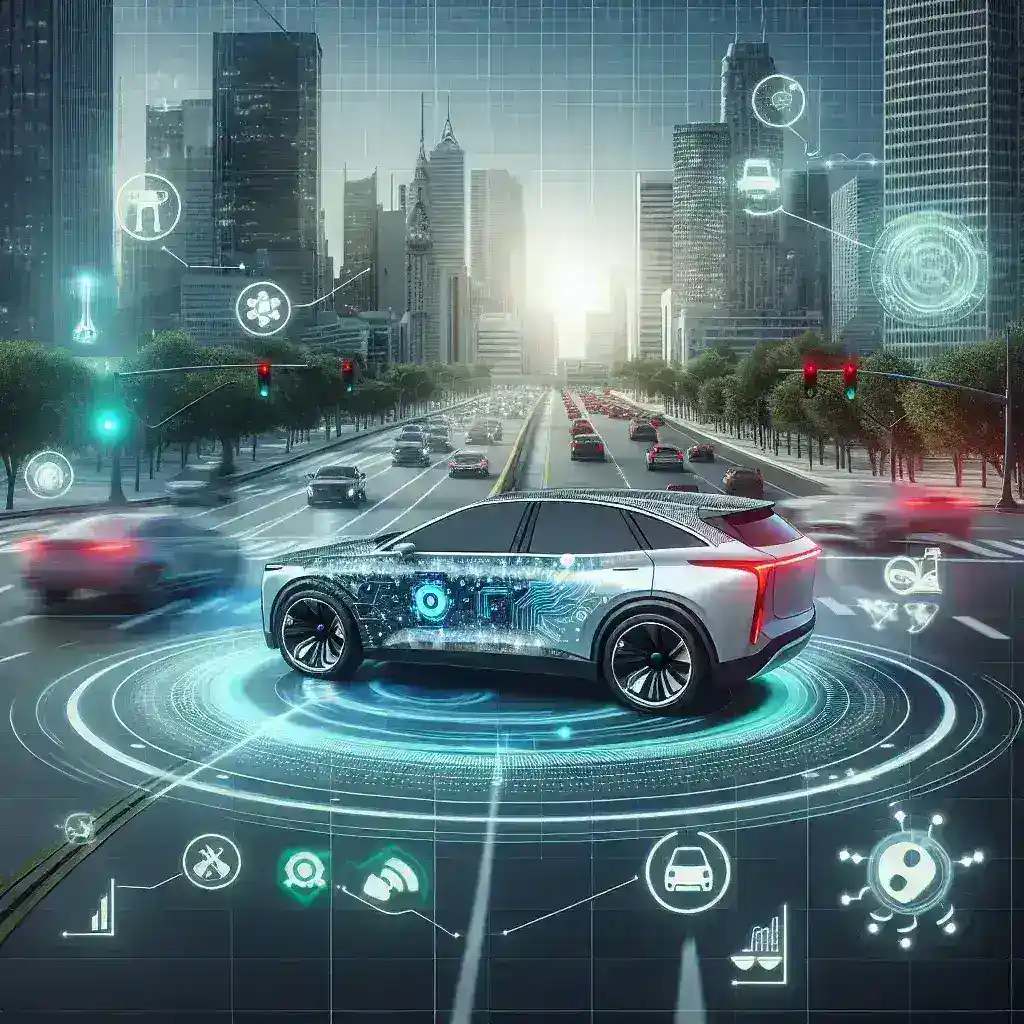Introduction
In a world where urban congestion is becoming an inevitable reality, ride-sharing services are constantly seeking innovative solutions to enhance their operations. Lyft, one of the leading ride-sharing platforms in the United States, has recently announced a groundbreaking feature that harnesses the power of predictive AI to avoid traffic. This article delves into the intricacies of Lyft’s new technology, its implications for users, and the future of urban mobility.
The Need for Predictive AI in Traffic Management
Urban environments are notorious for their traffic challenges. According to a report by the Texas A&M Transportation Institute, drivers in the U.S. spent an average of 97 hours stuck in traffic in 2020 alone. Such delays not only frustrate drivers but also contribute to increased carbon emissions. With the growing number of vehicles on the roads, traditional navigation systems often fall short in providing real-time solutions.
Understanding Predictive AI
Predictive AI refers to algorithms that analyze various data points to forecast future events. In the context of traffic, this technology can evaluate historical traffic patterns, current conditions, and various external factors, such as weather or special events, to predict potential congestion. This capability allows ride-sharing companies like Lyft to optimize routes dynamically.
Lyft’s New Traffic Avoidance Feature
Lyft’s predictive AI traffic avoidance feature aims to reduce travel time and improve rider satisfaction significantly. By integrating advanced data analytics and machine learning, Lyft is not merely reacting to traffic but anticipating it. Here’s how this feature stands out:
- Real-Time Data Analysis: Lyft’s algorithm processes thousands of data points every minute, including traffic flow, incidents, and road closures.
- Dynamic Routing: Rather than sticking to a predetermined route, the system can change course in real-time, directing drivers away from congested areas.
- Enhanced User Experience: Riders can expect reduced waiting times and more predictable trip durations.
Historical Context
The concept of using technology to navigate traffic is not new. Early GPS navigation systems merely provided static routing based on available maps. Over time, systems evolved to include real-time traffic updates. However, Lyft’s approach marks a significant leap forward by utilizing AI to predict traffic patterns before they even arise.
A Timeline of Technological Advancements
- 2000s: Introduction of GPS navigation systems.
- 2010s: Development of traffic-aware navigation apps.
- 2023: Launch of Lyft’s predictive AI traffic avoidance system.
Future Predictions
As technology continues to advance, the capabilities of predictive AI are expected to grow exponentially. Future iterations of Lyft’s traffic avoidance features might include:
- Integration with smart city infrastructure for real-time data sharing.
- Application of machine learning to enhance predictions based on user behavior.
- Collaboration with local governments to improve traffic flow on a larger scale.
Pros and Cons of AI Integration
Pros
- Efficiency: Reduced travel times benefit both drivers and passengers.
- Reduced Emissions: By avoiding congested routes, the carbon footprint of each ride can diminish.
- Improved Satisfaction: Riders are likely to appreciate a smoother journey.
Cons
- Reliability on Technology: Heavy dependence on AI could lead to issues if the system fails.
- Data Privacy Concerns: The collection of data raises questions about user privacy.
Real Examples of AI in Action
In a recent pilot program in San Francisco, Lyft’s predictive AI system was tested. The results were promising, showing a 20% reduction in travel time during peak hours compared to traditional routing methods. Riders reported a more enjoyable experience, citing smoother rides and less time spent idling.
Cultural Relevance
The introduction of predictive AI features is particularly significant in the context of the growing demand for sustainable transportation solutions. As cities grapple with increasing traffic and pollution, Lyft’s initiative signals a shift towards smarter, data-driven approaches to mobility. This aligns with broader societal trends prioritizing sustainability and environmental responsibility.
Expert Quotes
To gain further insights into this groundbreaking feature, we reached out to Dr. Emily Carter, a leading expert in transportation technology. She remarked, “Lyft’s predictive AI traffic avoidance feature represents a critical step in the evolution of urban mobility. By leveraging data and AI, we can create a more efficient and environmentally friendly transportation system.”
Personal Anecdotes
As a frequent Lyft user, I recently experienced the benefits of the new predictive traffic avoidance feature firsthand. During a busy Friday evening, my driver received a notification suggesting an alternative route. The shift not only saved us time but also allowed for a more pleasant ride through less congested streets, illustrating the feature’s practical benefits.
Conclusion
Lyft’s unveiling of predictive AI traffic avoidance features marks a significant milestone in the ride-sharing industry. By anticipating traffic patterns and optimizing routes, Lyft is not only enhancing the user experience but also contributing to more sustainable urban mobility solutions. As the technology continues to evolve, it will be fascinating to see how this innovation shapes the future of transportation in the U.S. and beyond.
